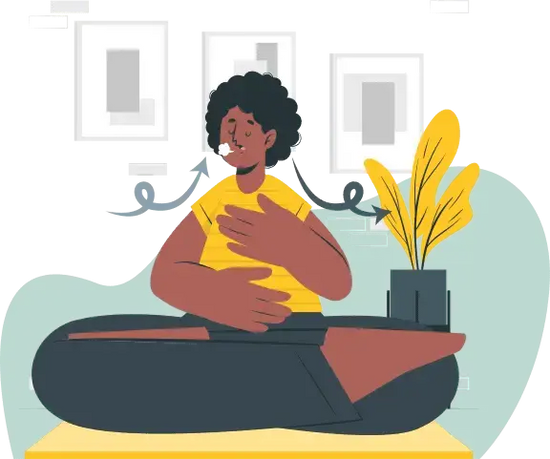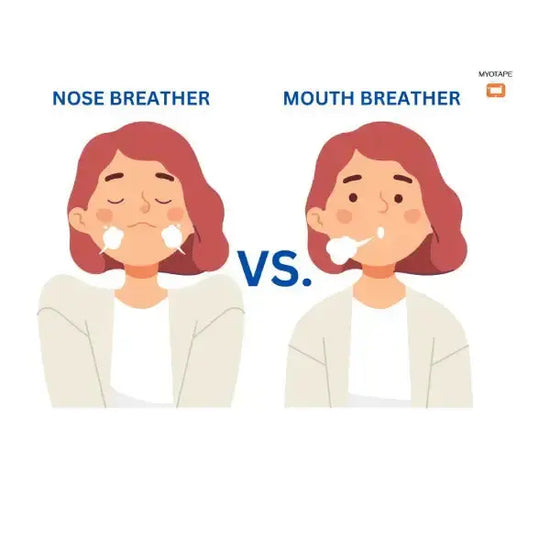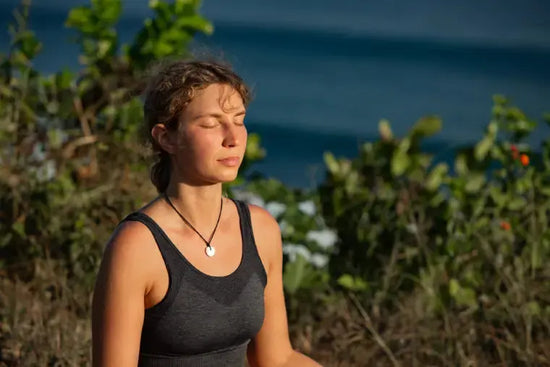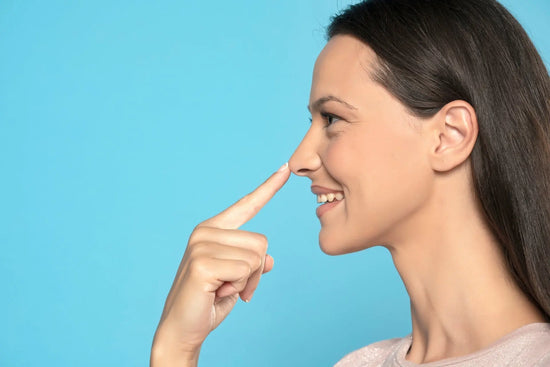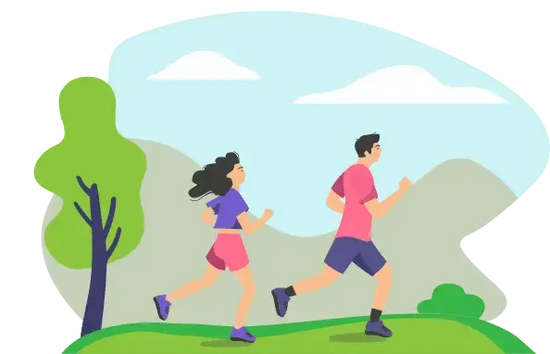
Exercise Induced Asthma vs Out of Shape: Why DO you Wheeze After Running?
Why Sports-Induced Asthma May be Limiting Your Ability to Perform and Keep Fit, and How Breathing Exercises Can Help. Do you cough, struggle to breathe and wheeze...
Read Article
